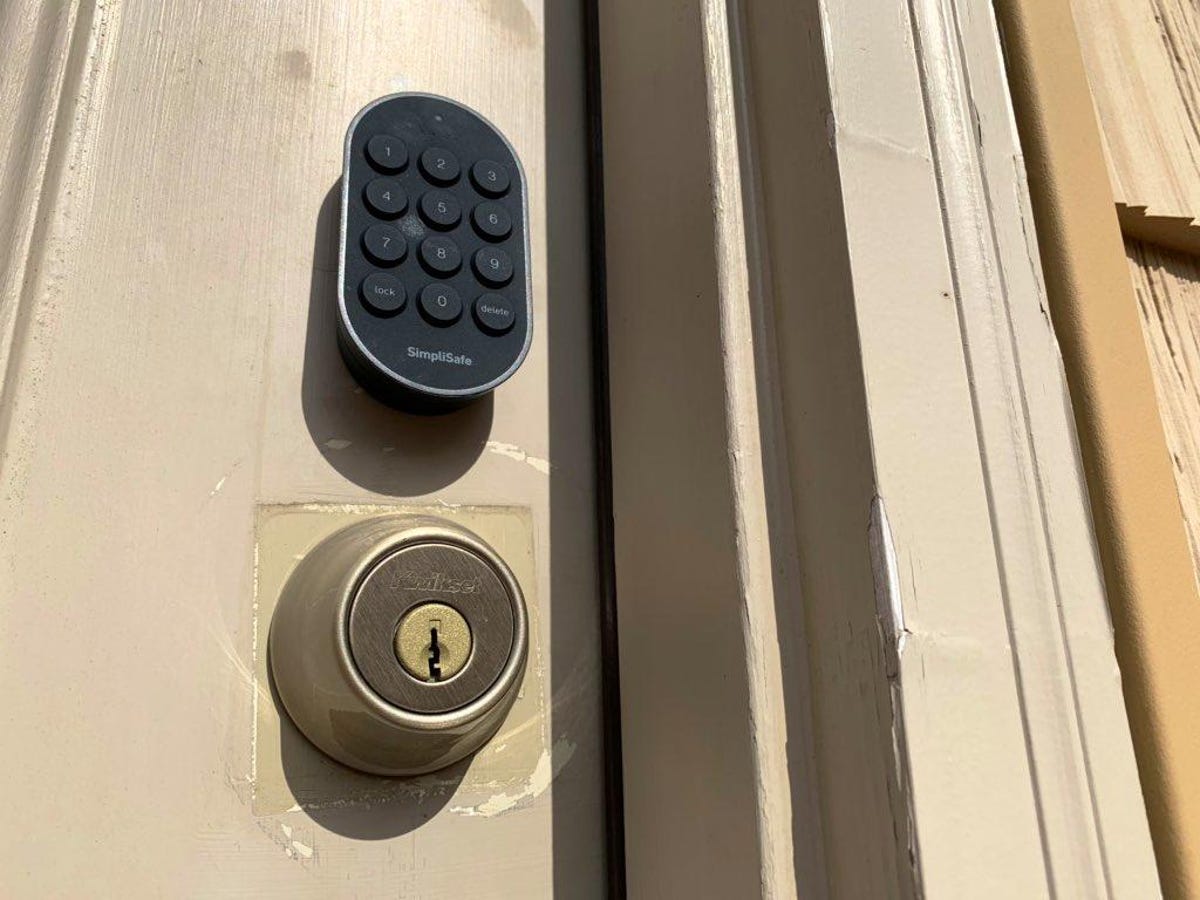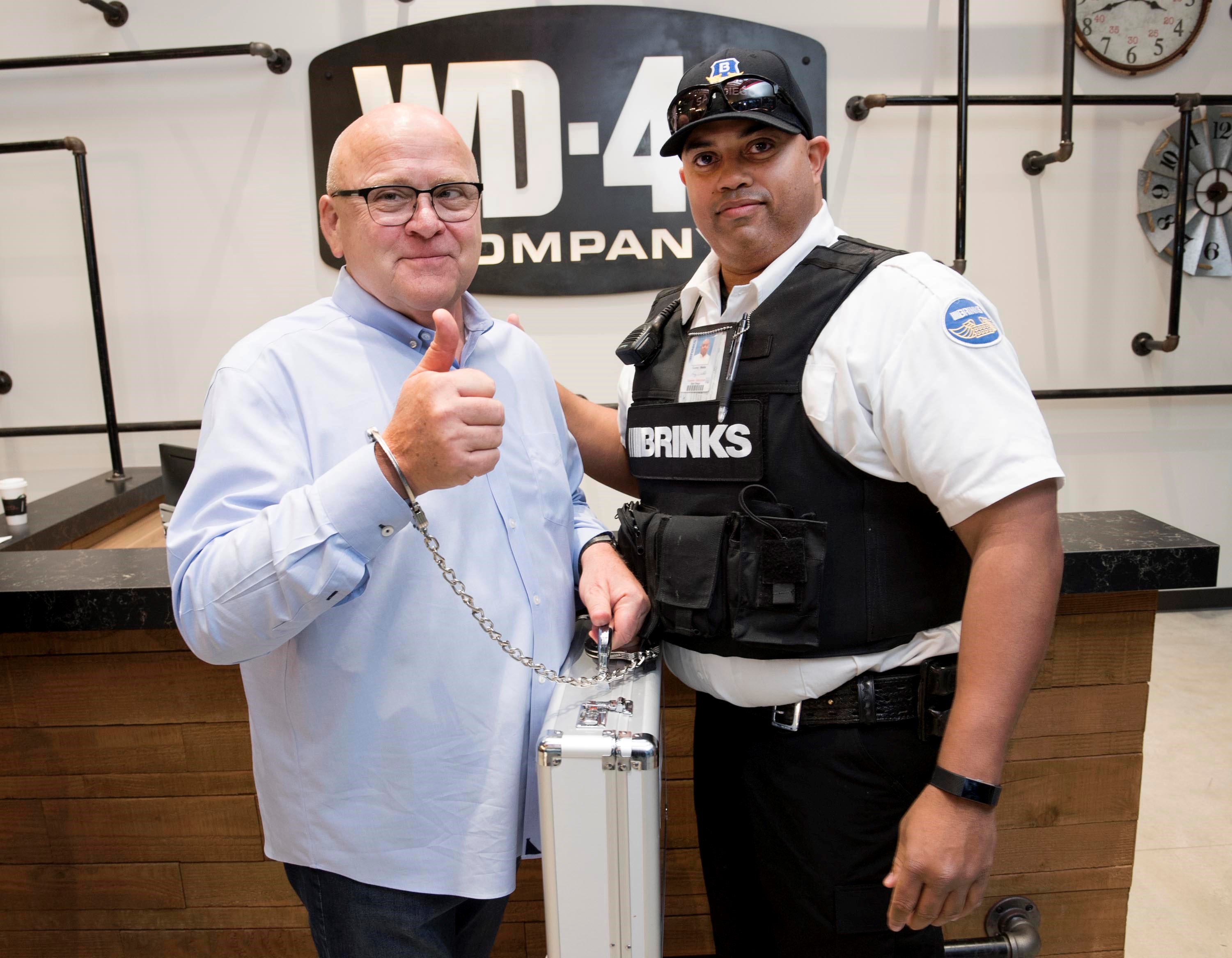
Costs of home security systems vary depending on many factors. The cost depends on the type of system you choose, how much it costs to monitor and whether your installation will be DIY or by a professional.
A home safety system is made up of several parts, such as a control with a keyboard and sensors on doors and windows, motion detectors, sirens, and remote controls. These components are included in most kits, but you can add on to your system to make your home safer.
Average cost of a home security system is between $200-$1,000, although it can be lower if you select a package which includes all basic equipment. Most home-security companies charge a small activation fee for the first time you use your system. It usually ranges between $25 and $230.
You can choose to pay a set-up fee once to have the system professionally connected and installed to your home’s existing technology. Installers will run wires to the different parts of your home and install the sensors and cameras.

Many security providers provide professional installation services to help create a unique system for each customer. They will also check to see if there are any areas that require more protection, and if the equipment is functioning properly.
Another important component of a good home security system is alarm monitoring. This service monitors your home 24/7 and will alert authorities if there is a break in. This service can range in price from $10 to $65 per month, depending on the level of monitoring you opt for.
Adding a few home automation options to any monitoring service can add between $30-300 to the monthly price of the package. These smart-home capabilities include the ability to set timers, turn lights on and off, lock and unlock doors, adjust thermostats, and connect to digital home assistants such as Amazon Echo or Google Home.
Compare the costs of equipment and monitoring services. This is the best method to find out the price for your home security system. Then, use the information to decide which company offers the best value for your money and is a good fit for your family's needs.
Selecting the Right Type of System
The basic starter kit comes with motion detectors and sensors for windows and doors. The starter kit can be enhanced with features like a camera and smoke and carbon dioxide detectors.

These extra features provide better protection for your house and improve your safety. However, they are not required. Choose a system with a remote control that can be controlled by your phone.
You can find systems that will send you notifications through your mobile phone, so you can get an update if a burglar breaks in while you're away or at work. Some security packages send you an alert via text message when you leave home and the door is not locked.
FAQ
What is the difference between surveillance and security cameras
Surveillance cameras may be used to monitor, but security cameras can also be used to protect.
Both types have their strengths and weaknesses. Their main differences are the types of images they capture. Surveillance cameras record video with slow motion so that you can view what's happening right now. However, security cameras record only video and still photos, which can then be reviewed later.
What is the best home security program?
ADT Pulse (Ring Alarm), Vivint SmartHome Security, Protect America, and Vivint SmartHome Security are the most well-known home security systems.
What security system would you recommend?
The value of your home and possessions will determine the best security system. You have two options. One is to go with a basic system which offers minimal protection but is affordable. You can also get a more sophisticated one that offers remote monitoring, video surveillance and access control.
Statistics
- (In my experience, the discount on my home insurance covered about 25 percent of the subscription of an average plan, but your mileage may vary depending on your location and the size of your home.) (theverge.com)
- Related questionsHome security systems that are 100% DIY (safewise.com)
- Cove sets you free without punishing penalties and fees, unlike other security solutions that charge 75% to 100% of your remaining contract. (safewise.com)
- That's probably why Cove has a whopping 98%* customer retention rate. (safewise.com)
External Links
How To
How to test a home alarm system
How to test a Home Security System
Your alarm monitoring program must be installed on your computer as a first step. You can download the most current version from manufacturer's website. Next, register your phone number so that monitoring center calls are routed directly to it. If you don't know what to do, contact your local provider for help. After everything is set up correctly, it's time to begin testing.
There are two ways to test your device. You can test your system by using a dummy device. This device is essentially a fake one that looks just like the real one. Although it has all the same features of the real thing, it doesn't actually function. It sounds exactly like the real thing if it were working properly when it is turned on. There are downsides to using a dummy gadget. It won't give you any information about your system's actual functionality. It might also look suspicious to others who observe it lying around. Third, it might be stolen and cause trouble.
The second method is to test your system manually. You'll need to test every aspect of the system, and ensure it works correctly. This would include checking that the motion sensors and cameras work correctly, the door locks function properly, and the camera recording is working. All of these should be tested at least once per week. After you've tested everything thoroughly, you can feel confident that your system is working well.